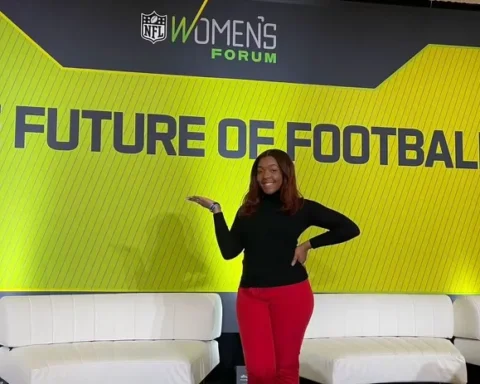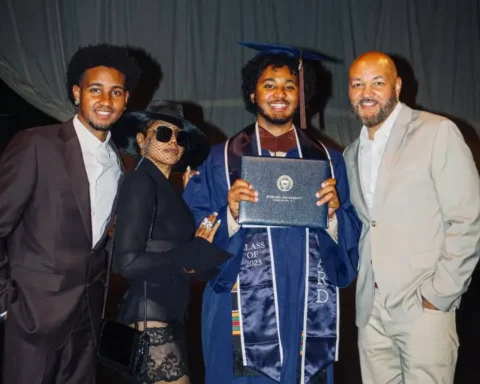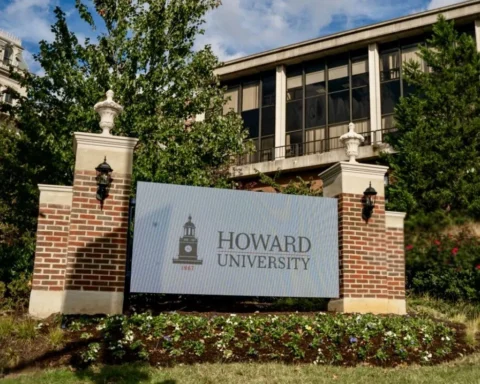By Janelle Harris Dixon
As a student at Howard in the 1930s and 40s, the acclaimed civil rights leader Gloria Richardson was already making an impact.
She led the first major civil rights event to erupt outside of the Deep South after Black residents in her native Cambridge, Maryland refused to continue accepting the indignity of racial segregation.
She was one of just six “Negro Women Fighters for Freedom” invited to speak at the historic March on Washington in 1963.
She negotiated a treaty with the Kennedy administration that honored the demands of her community and ultimately dismantled Jim Crow separatism in schools, restaurants and other public spaces in her hometown.
And she famously shoved the blade of a National Guardsman’s bayonet away from her body in a photograph that is as iconic as it is death-defying. Gloria Richardson — who passed away in July 2021 – didn’t intend to become a movement leader, a culture shifter or a history-making power broker. Born into a well-to-do family pedigreed in community service and local activism, the civil rights architect began her own turn on the frontlines of protests against injustice and inequity when she was still a student at Howard. Influenced by her uncle, who was also an alum, Richardson believed her education would extend beyond textbooks and midterm exams, and it did.
“I decided to go to Howard because, at that time, they had some pretty radical professors – E. Franklin Frazier, Rayford Logan, two or three others,” she remembered in a 2018 interview. “I think [the students] were in the situation where we could absorb that.”
In the late 1930s, Richardson shaped her early social activism when she and other Howard students protested a nearby Peoples Drug Store that refused to hire Black employees and picketed a segregated Woolworth that barred Black patrons from eating lunch at the in-store counter years before the famous sit-in in Greensboro, North Carolina. On campus, she reportedly challenged her sorority, Alpha Kappa Alpha, for imposing harsher treatment on darker-skinned pledges and participated in protests that pressed then-University President Mordecai Johnson to change restrictive curfews and dorm rules.
“People were surprised by her leadership and her status as a woman from an elite African American family. They were used to dealing with poor Black women who were less outspoken,” said Joyce Ladner, PhD, former interim president of Howard, who herself was an activist with the Student Nonviolent Coordinating Committee (SNCC) in her late teens. She remembers meeting Richardson at an SNCC office in Atlanta in 1962.
“She had a sense of entitlement in a positive way in that she expected to be treated equally,” she said. “One had to admire her for her tenacity and courage. She was very clear about the need to fight for freedom for Black people.”
Richardson graduated in 1942 with bachelor’s degree in sociology and returned to Cambridge, making her one of just a few college-educated Black women in the town. When she co-founded the Cambridge Nonviolent Action Committee (CNAC), the first affiliate of SNCC not launched by young people, she was a 40-year-old married mother of two – not exactly the profile for the average good-trouble-making protestor of the time.
“In my family, women were expected to do civic and church stuff, but I grew up in an atmosphere where women were not talked down to,” Richardson said. “My mother and grandmother – and actually, their friends too – were very forthcoming and forthright. I didn’t have that thing about, ‘oh, I’m a woman, let me be quiet.’”





